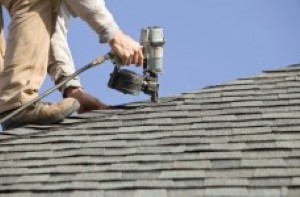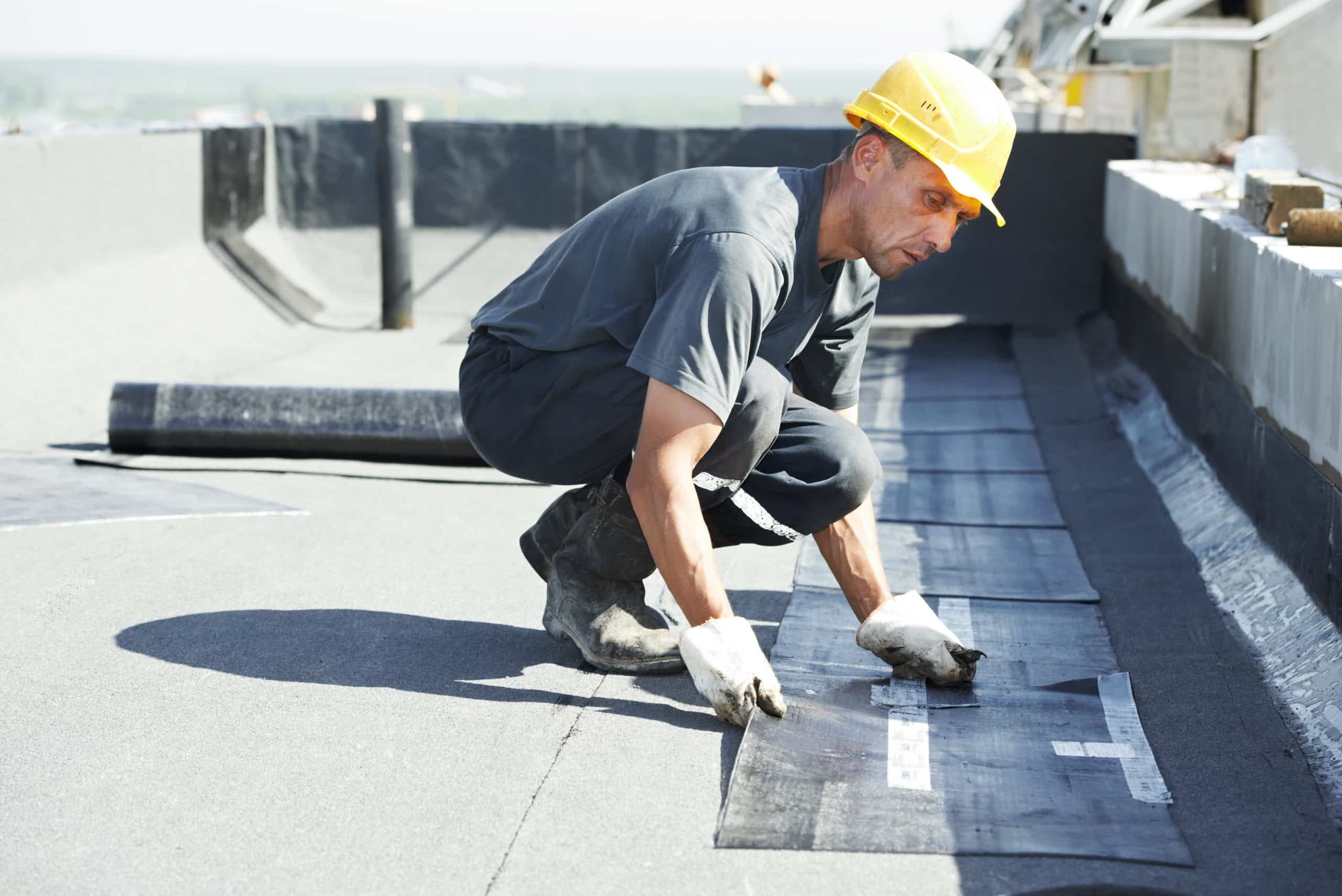Roofing Oahu: Expert Roofer for Your Oahu Building
Roofing Oahu: Expert Roofer for Your Oahu Building
Blog Article
Recognizing the Various Kinds of Roofings: A Comprehensive Guide for Homeowners
With a selection of options-- ranging from the typical gable to the modern flat-- each kind provides special benefits and obstacles that need to straighten with the home owner's ecological factors to consider and specific needs. As we check out the intricacies of different roofing system types, it ends up being evident that one dimension does not fit all; the best choice might stun you.
Saddleback Roof
Saddleback roofs, defined by their triangular shape, are among one of the most popular roof designs because of their simpleness and efficiency in shedding water and snow. This layout includes two sloping sides that satisfy at a ridge, permitting efficient drainage and reducing the risk of water buildup. The high pitch typically related to saddleback roofs enhances their capability to manage hefty rainfall, making them suitable for various climates.
Along with their useful benefits, saddleback roofs supply aesthetic convenience. They can be adapted to various architectural designs, from conventional to modern homes. The design can additionally accommodate additional features such as dormer home windows, which boost natural light and ventilation in the attic room.
Furthermore, gable roof coverings supply adequate room for insulation, adding to power effectiveness. Homeowners can pick from a variety of roofing materials, consisting of asphalt tiles, metal, and tiles, additionally improving customization alternatives.
In spite of their benefits, saddleback roofs may need additional support in areas vulnerable to high winds or hefty snowfall. Generally, the gable roofing continues to be a preferred selection due to its mix of capability, toughness, and aesthetic allure.
Flat Roofs
Level roofing systems are usually recognized for their minimal layout and practical applications, particularly in industrial and commercial setups (oahu roofing). These roof coverings feature a horizontal or virtually straight surface area, which allows for easy building and functional space use. While they may do not have the visual appeal of pitched roofing systems, flat roof coverings use various advantages, specifically in urban environments where making the most of room is critical
One of the key advantages of level roof coverings is their ease of access. Homeowners can utilize the roofing room for various purposes, such as rooftop yards, terraces, or photovoltaic panel installments. In addition, flat roofings are usually a lot more economical to install and maintain compared to their sloped equivalents, as they require fewer products and labor.
However, flat roofing systems do existing certain challenges. Correct drain is vital to protect against water merging, which can result in leaks and structural damage. Thus, choosing high-grade waterproofing products and normal examinations are crucial for making sure long life. Common materials made use of for level roof coverings consist of built-up roof covering (BUR), modified bitumen, and single-ply membranes, each offering distinct benefits. Overall, flat roofing systems work as a practical and versatile selection for many property owners and companies alike.
Hip Roofings
Hip roofings are identified by their sloped sides that merge on top, creating a ridge. This design stands out from saddleback roofs, as all 4 sides of a hip roofing system incline downwards towards the walls, offering a much more steady structure. The angle of the inclines can vary, permitting flexibility in architectural visual appeals and capability.
One of the primary benefits of hip roofing systems is their capacity to hold up against heavy winds and negative weather. The sloped surface areas make it possible for much better water drainage, great site reducing the danger of leaks and water damage. Additionally, hip roofs offer boosted attic room space, which can be made use of for storage or even exchanged livable locations.
However, creating a hip roof can be a lot more intricate and costly than simpler roofing system types, such as saddleback roofs. The added material and labor involved in developing the slopes and making certain correct architectural honesty can result in higher costs. Despite these disadvantages, many homeowners prefer hip roofs for their longevity, aesthetic charm, and possibility for energy effectiveness.
Mansard Roofing Systems
Mansard roofing systems, usually identified by their special four-sided design, feature two inclines on each side, with the reduced slope being steeper than the upper. This architectural design, stemming from France in the 17th century, is not just cosmetically enticing however functional, as it takes full advantage of the useful space in the upper floorings of a building. The steep reduced incline permits even more clearance, making it a perfect option for attic rooms or lofts, which can be converted right into living rooms.
Mansard roofings are defined by their flexibility, accommodating different architectural styles, from typical to modern. They can be created with different products, consisting of asphalt tiles, slate, or metal, offering home owners with a variety of choices to match their preferences and budget plans. In addition, the style enables the combination of dormer windows, boosting all-natural light and air flow in the top degrees.
However, it is vital to take into consideration the prospective disadvantages. Mansard roofing systems may require more upkeep due to the intricacy of their style, and their steep inclines can be challenging for snow and rain overflow. Generally, mansard roofing systems combine style with usefulness, making them a preferred choice amongst home owners looking for distinct building attributes.
Dropped Roof Coverings
As house owners progressively look for simpleness and performance in their architectural styles, lost roofs have arised as a prominent option. Defined by a solitary sloping plane, a shed roof provides a minimal aesthetic that matches different home designs, from contemporary to rustic.
One of the primary advantages of a shed roofing is its uncomplicated construction, which commonly translates to reduce labor and product expenses. This layout permits effective water drainage, minimizing the risk of leakages and water damage. Furthermore, the upright incline gives enough room for skylights, improving natural light within the interior.
Dropped roofing systems also use adaptability in regards to use. They can be successfully integrated right into enhancements, garages, or outside structures like sheds and structures. Moreover, this roofing style can suit various roof materials, consisting of steel, asphalt shingles, and even eco-friendly roofings, aligning with green efforts.
However, it is important to consider regional climate conditions, as hefty snow lots might demand adjustments to the roof's angle or framework. On the whole, lost roofings offer a article source useful and cosmetically pleasing alternative for property owners looking to take full advantage of capability without jeopardizing style.
Final Thought


Gable roofings, defined by their triangular form, are amongst the most popular roofing designs due to their simplicity and effectiveness in shedding water and snow. oahu roofing. The steep pitch frequently linked with gable roofings improves their capability to take care of heavy rainfall, making them suitable for various climates
While they may do not have the aesthetic allure of pitched roofings, level roof coverings provide countless advantages, especially in city settings where maximizing space is crucial.

Report this page